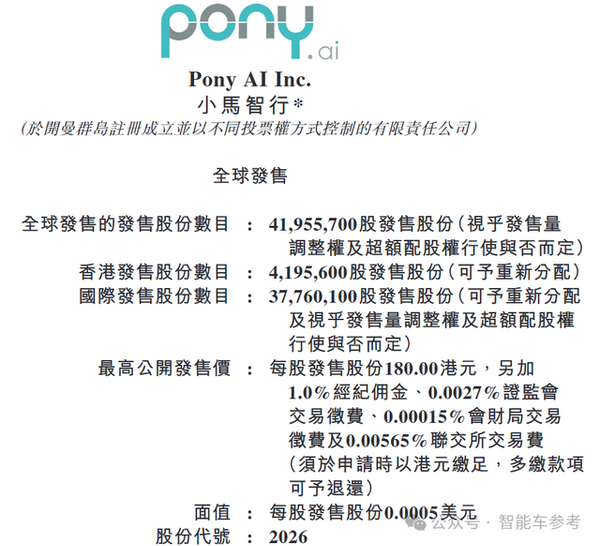AI-Powered UX: Maximum Impact with Minimal Effort — Smashing Magazine

A Simple but Powerful Mental Model for Working with AI
Treat It Like an Enthusiastic Intern
---
Lessons Learned
Over the last couple of years, I’ve made plenty of mistakes using AI:
- Wasted hours on requests beyond its capabilities.
- Fed poor prompts and received equally poor outputs.
- Spent too much time wrestling with it.
The breakthrough came when I stopped treating AI as “magic” and started seeing it for what it is:
> A very eager intern with no real-world experience.
Once you take that perspective, AI’s limitations and strengths are much easier to work with.
---
How to Work with AI
Adopt the Intern Mentality
An intern fresh out of university brings enthusiasm but lacks real-world experience. You wouldn’t leave them alone with a complex task. You’d:
- Give clear, detailed instructions.
- Review their work carefully.
- Provide feedback and request revisions.
AI should be treated exactly the same way.
---
The Basics of Prompting
Here’s what works for me after extensive experimenting:
- Define Its Role
- Examples: “Act as a user researcher” or “Act as a copywriter.”
- This sets the tone and context.
- Break Down Tasks
- Guide AI step-by-step, especially for complex assignments.
- Review Outputs
- Correct inaccuracies, clarify intent, and request improvements.
- Request Multiple Alternatives
- Comparing outputs often surfaces the strongest ideas.
---
Managing Expectations
AI is powerful but cannot replace nuanced human judgment. Think of it as a tireless assistant that needs supervision.
By channeling AI’s strengths — speed, scalability, adaptability — toward the right tasks, you minimize frustration.
---
Linking AI Workflows to Publishing
Once your AI outputs are refined, you’ll need to publish across channels.
Tools like AiToEarn — an open-source global AI content monetization platform — let you generate, publish, and track content across:
- Douyin
- Kwai
- Bilibili
- Rednote (Xiaohongshu)
- Facebook, Instagram, LinkedIn, Threads
- YouTube, Pinterest, X (Twitter)
With integrated analytics and AI模型排名, distribution happens in one workflow so you can focus on oversight, not manual posting.
---
Better Results with AI Research Prompts
1. Avoid Vague Instructions
Instead of “Analyze these interview transcripts,” spell out each step:
> 1. Identify recurring themes
> 2. Look for user questions
> 3. Note objections
> 4. Summarize each category
Being specific in scope and format improves output quality.
2. Define “Success”
Let AI know what a good result looks like. Clarify:
- Audience type
- Language level
- Key information to emphasize
3. Make AI Plan Before Responding
Instruct it to:
- Think through the process
- Create a rubric for success
- Iterate until high rubric scores are reached
---
Example Prompt for Brand Research
Act as a user researcher. Research [brand name] online — sentiment, common questions, objections.
Think deeply before starting.
Create a rubric to assess usefulness.
Iterate output until rubric scores are extremely high.
Output only then.---
Learn When to Trust
AI needs validation:
- Double-check sources
- Verify outputs
Over time, patterns emerge that tell you when a conversation is derailing and when to restart.
---
Bringing It All Together
Combine:
- Clear instructions
- Defined success criteria
- Structured review loops
Tools like AiToEarn can then take these refined outputs and publish/monetize them across multiple platforms from a single workflow.
---
Using AI for User Research
1. Online Research
AI can scan public opinion, sentiment, questions, and frustrations in minutes, replacing days of manual work.
2. Interview & Survey Analysis
Upload transcripts or open-ended responses. AI identifies themes, but always instruct it to quote directly for verification.
3. Data Exploration
Ask AI to find patterns, reformat, or visualize data from spreadsheets. Integrated tools like Microsoft Clarity Copilot or Triple Whale bring this into analytics platforms.
4. Project Organization
In AI tools, set up “projects” or “spaces” as knowledge hubs. Feed them research, personas, transcripts — then set custom instructions for context-aware outputs.
---
Creating Personas
Functional personas focus on tasks, goals, pain points — ditching fluff. With uploaded research:
Create functional personas based on the uploaded research.
Include goals, tasks, pain points, and decision triggers.
Avoid unnecessary demographic data unless directly relevant.The result: useful, data-grounded personas, created faster.
---
Using AI for Design & Development
Warning
AI is not yet “production ready” — expect:
- Slower delivery for complex work
- Frustrations in precision tasks
- Inconsistencies in quality
---
Best uses today:
- Functional prototypes (low design fidelity, but high speed)
- Small coding tasks (calculators, simple apps, plugins)
- Service reviews & audits with tools like Wevo Pulse or Baymard UX Ray
- Attention analysis with tools like Attention Insight
---
Using AI for Content Creation
Process
- List user questions for each page (via AI).
- Top task analysis to prioritize.
- Clients provide bullet point answers, not copy.
- AI writes the first draft.
- Iterative refinement.
---
Streamlined Copy Review
Stakeholders review AI drafts rather than human ones, reducing friction. Use tools like Hemingway Editor for readability checks.
---
Key Takeaways
- Treat AI as an intern: guide, review, iterate.
- Use clear prompts + success criteria.
- Validate outputs consistently.
- Integrate with publishing tools like AiToEarn to turn AI work into distributed, monetizable assets.
- AI changes the nature of your work — freeing you from repetition to focus on strategy and creativity.
---
Would you like me to design a reusable AI research rubric for your projects? It can serve as a standard template to maintain consistent quality across topics.



